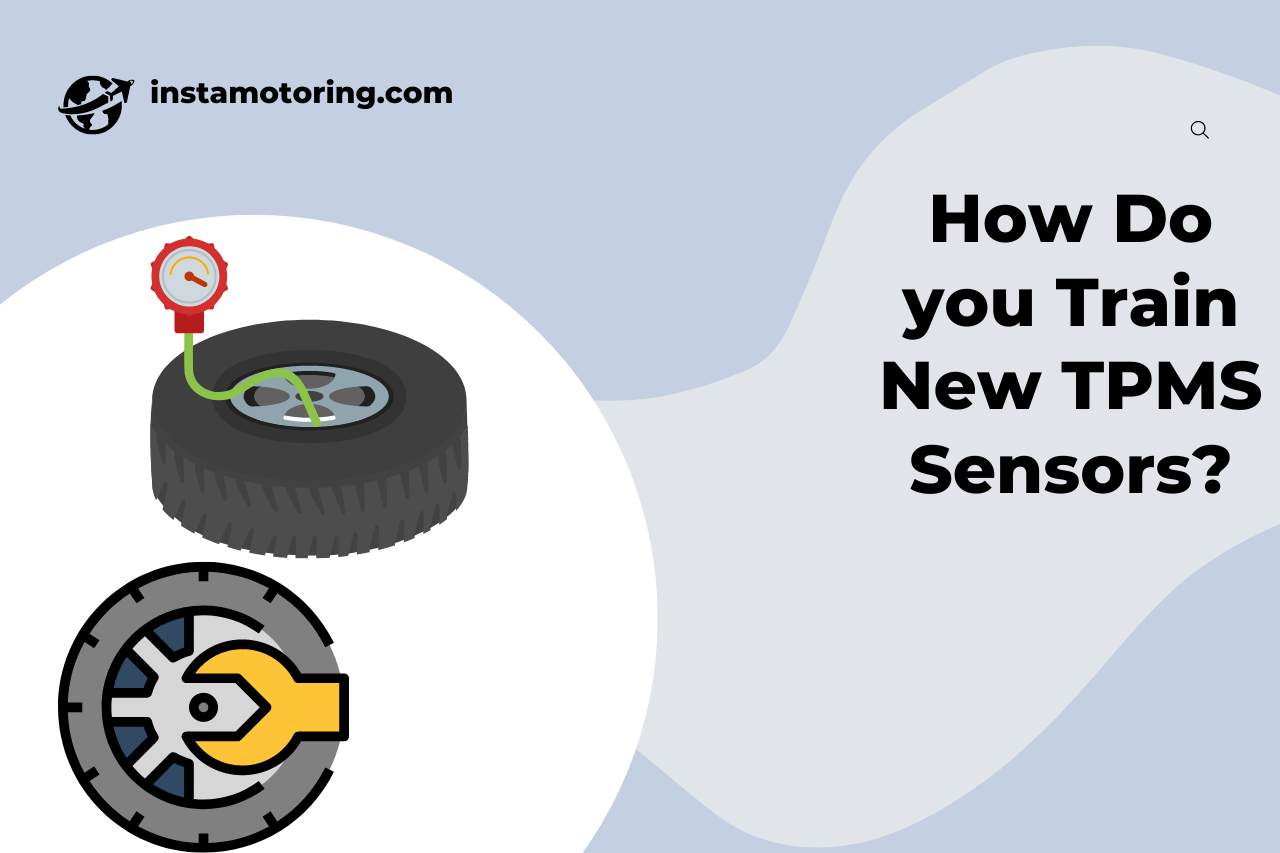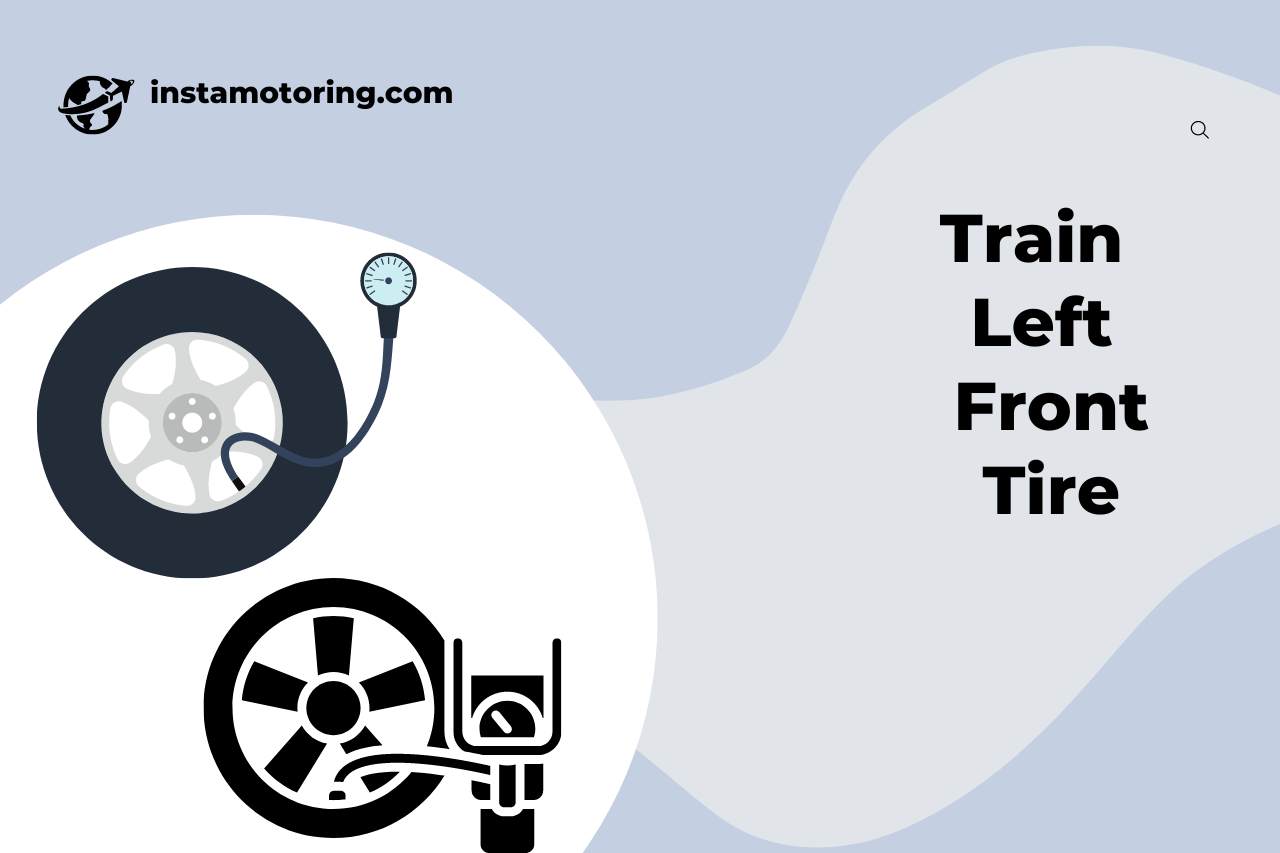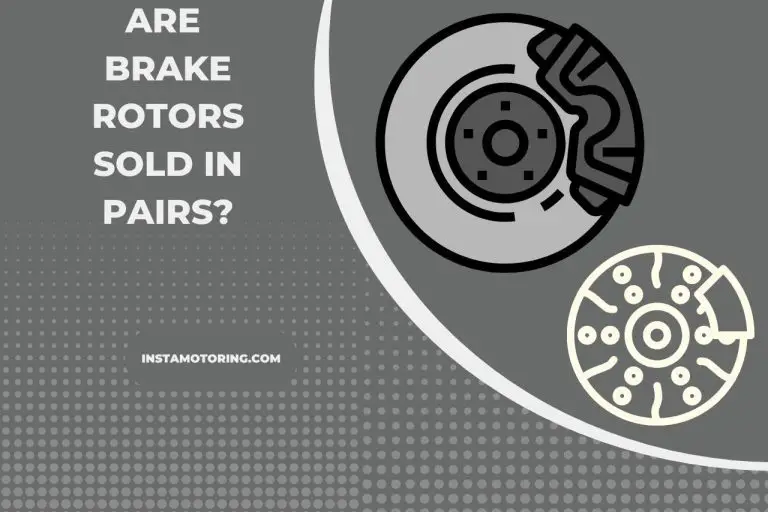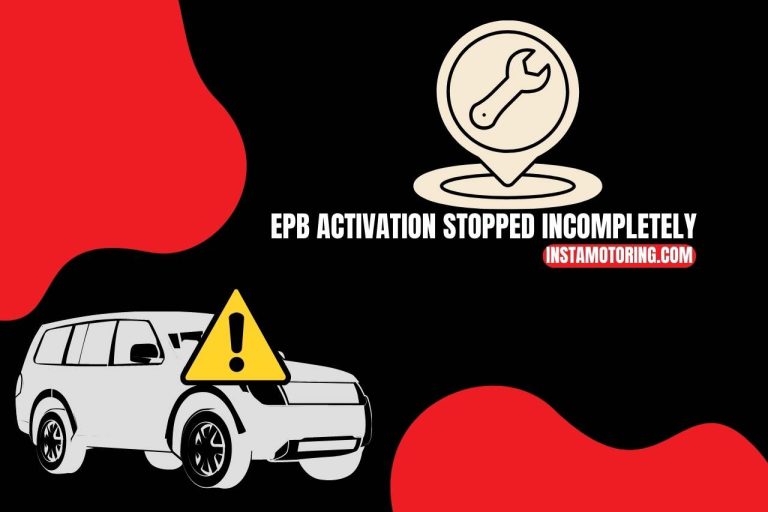Train Left Front Tire – Ensuring Optimal Performance!
Do you ever wonder why your Ford car’s display suddenly reads “TRAIN LEFT FRONT TIRE”? What does this mean, and what is it? Your Ford car’s dashboard will display the message “Train Left Front Tire” if the tire pressure monitoring system (TPMS) needs to be calibrated or trained. Each tire has a sensor that the TPMS utilizes to detect the air pressure; these sensors must be set up to communicate with the vehicle’s onboard computer.
What does Train Left Front Tire Mean On a Ford?
Your car is in a mode where it is reinitializing the tire pressure sensors when this warning occurs. Most cars enter this mode by pressing the hazard lights button five times quickly, pressing the brake pedal three times, and then turning the ignition three times between the OFF and RUN positions.
Additionally, the notice frequently shows after changing a tire or a sensor battery. As a result, if this notification appears, the TPMS system needs to be trained. Each tire has sensors built into it. The core TPMS system is connected to each of these sensors.
These sensors are also entirely programmed to communicate with the primary system efficiently and accurately. Learn how to leave this mode now.
What is a Trained Tire?
Resetting the sensor and allowing the vehicle to read and identify its signal is necessary to train the left front tire. The performance and durability of your tire are improved by training the tire, which helps maintain the proper tire pressure.
Why does My Ford Show Train Leave a Front Tire Message?
- One or more tires having low air pressure is the most frequent cause of the TPMS alert. The TPMS will activate a warning light or message to notify the driver if tire pressure drops below the advised level.
- The air pressure in the tires can decrease due to a punctured tire or a slow leak, which can activate the TPMS alert.
- Lower tire pressure might result from the air inside the tires contracting in cold temperatures. As a result, during the winter months, TPMS warnings may show more frequently.
- There are instances where a defective TPMS sensor inside the tire transmits inaccurate pressure readings, sending an alert message to the system.
How Do you Train a Left Front Tire on a Ford?
- Ensure all tires, including the left front tire, are correctly filled to the recommended pressure levels mentioned in the owner’s handbook or on the door jamb placard before beginning the TPMS retraining process.
- Turn the ignition key to the “ON” position without starting the engine.
- The procedure for entering the TPMS training mode may change depending on the Ford model and year. You should use the infotainment system or dashboard controls to enter the TPMS training mode in some vehicles. For instructions on how to enter this mode specifically, go to your vehicle’s owner’s manual.
- The car will generally ask you to begin the training procedure for each tire once you are in the TPMS training mode.
What is a Tire Pressure Monitoring System?
A tire pressure monitoring system, or TPMS, is a safety element for cars that continuously checks the tire pressure. It gives the driver up-to-the-minute tire pressure information for variations from the suggested pressure levels. TPMS increases safety, fuel efficiency, and longer tire life by ensuring optimum tire inflation.
- This technology uses unique pressure sensors within each tire, usually incorporated into the air chamber or linked to the valve stem. These sensors directly read the tire’s air pressure and wirelessly transmit it to the car’s internal computer. The device activates a warning light on the car’s dashboard to advise the driver to check the tire pressure if it detects a considerable departure from the suggested pressure levels.
- This system uses the anti-lock braking system (ABS) sensors already in the car to track tire pressure inadvertently. Potential tire pressure problems are identified using the variations in rotational speed between under-inflated and correctly inflated tires. Despite being less expensive than direct TPMS, indirect TPMS is typically considered less precise and may not offer real-time pressure readings.
A tire pressure monitoring system has the following advantages:
- Tires that are correctly inflated are necessary for safe driving. TPMS aids in preventing accidents brought on by underinflated tires, which can result in poor handling, subpar braking, and a higher chance of tire blowouts.
- Proper tire inflation ensures the best possible tire-road contact, lowering rolling resistance and boosting fuel efficiency.
- Maintaining the correct tire pressure promotes even wear and increased tire life by distributing the vehicle’s weight throughout the tire’s surface.
- Tires that are correctly inflated increase fuel efficiency, which helps to reduce greenhouse gas emissions.
Do I Have to Program Ford TPMS Sensors?
Ford TPMS sensors typically need to be configured following installation or replacement. Individual pressure sensors fitted inside each tire of Ford vehicles with direct TPMS systems track tire pressure. These sensors provide real-time pressure data via wireless communication with the vehicle’s onboard computer.
The vehicle’s computer system must be reconfigured to identify the new sensors’ distinctive IDs after you install new TPMS sensors or replace old ones. The car must be programmed to link each sensor’s ID with the appropriate tire location (left front, right front, left rear, and right rear) to display the correct tire pressure readings on the dashboard.
A specialist diagnostic or scan tool that interfaces with the car’s onboard computer is often used to program the TPMS. The tools and skills required to execute TPMS programming are available at many Ford dealerships, service facilities, and certified automotive technicians.
If you replace the TPMS sensors in your Ford vehicle, be careful to have them professionally configured to ensure accurate tire pressure readings and optimal TPMS system operation.
To guarantee that the TPMS system performs appropriately and upholds the safety and efficiency of your vehicle, it is also essential to adhere to the necessary maintenance and programming methods indicated in your owner’s manual or as instructed by the manufacturer.



How Do you Train New TPMS Sensors?
The “training” of new TPMS sensors entails instructing the car’s internal computer to detect and associate the new sensors’ distinctive IDs with the relevant tire positions. This operation is required to maintain accurate tire pressure readings on the vehicle’s dashboard whenever new TPMS sensors are installed, old ones are replaced, or the tires are rotated.
A compatible TPMS programming or scan tool to connect with the vehicle’s onboard computer is required to program new TPMS sensors. Specific TPMS training modes may be accessed through the dashboard controls in some vehicles.
Make sure you have the appropriate TPMS sensors for your car before continuing. Different sensor types, such as direct or indirect TPMS sensors, may be used by various types of automobiles. Make that the new sensors work with the system in your car.
Beginning the TPMS Training Process
- Ensure all tires are inflated to the levels recommended by the owner’s handbook or placard (often located on the driver’s door jamb).
- Without starting the engine, turn the ignition switch to the “ON” position. You should use the infotainment system or instrument cluster menu to use some vehicles’ TPMS training mode.
- To get to the TPMS training mode, use the TPMS programming tool. Observe the tool’s on-screen prompts and directions.
- In some circumstances, you might need to hold down a button or push a series of buttons on the dashboard to engage the TPMS training mode.
Develop Every Sensor
- When the TPMS training mode is on, the car usually asks you to calibrate the sensors.
- Starting with the front tire on the driver’s side, activate the transmission of the sensor using the TPMS tool. The sensor will receive a signal from the tool, and the sensor will then send its distinct ID to the car’s computer.
- Carry out the same procedure on the remaining tires in the following order: front passenger, rear passenger, and rear driver.
Verify All Sensors Have Been Trained
- The TPMS system of the vehicle should now be able to identify the new sensor IDs and link them to the appropriate tire positions.
- Verify the tire pressure readings on the dashboard display and ensure the TPMS warning light is not on. The TPMS training process is over if everything goes according to plan.
Watch this one,
Video Credits – FordTechMakuloco
You May Also Like



My name is James, I work as an Automotive Designer with 9 years of experience. I also work as a mechanic and vehicle inspector. I love deciphering complicated car exteriors and interiors and resolving fluid and oil troubles. InstaMotoring.com is here to help you troubleshoot your car with dependable and expert help.







